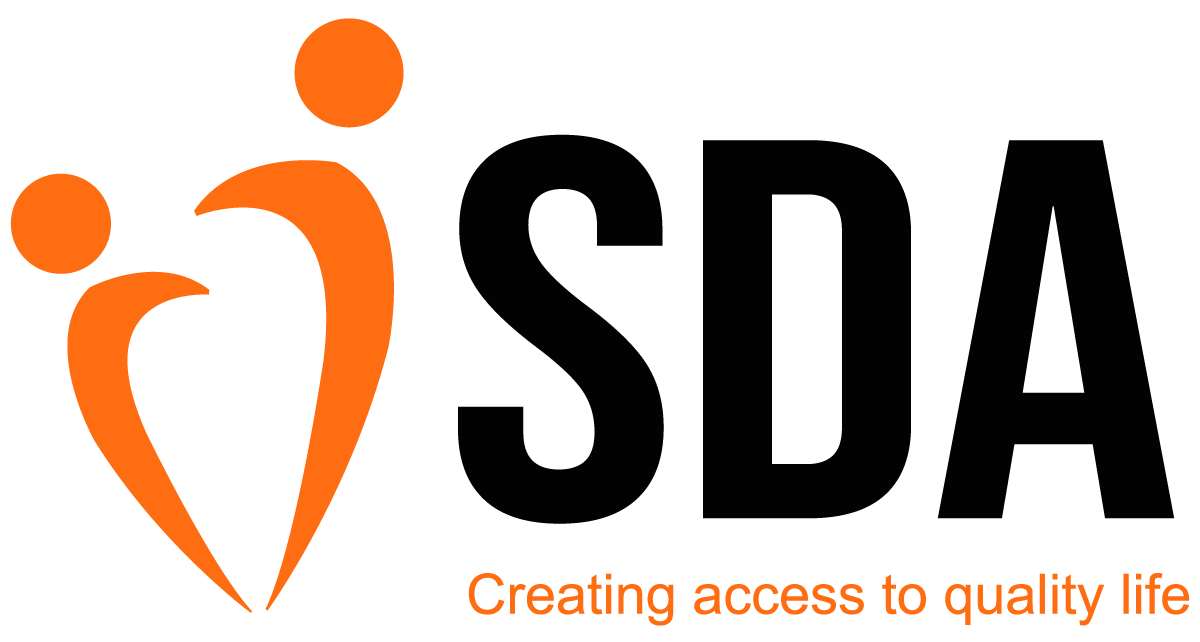HIV/AIDS Prevention among Young People in Bangladesh Project
Save the Children-USA, Bangladesh received funds of the Global Fund to Fight AIDS, Tuberculosis and Malaria (GFAMTM) to prevent of HIV/AIDS among young people. The goal of this project is to contribute of prevention of HIV infections in young people, ages 15-24, and thereby help avert a generalized HIV epidemic in Bangladesh.
Objectives:
- Increasing awareness on STI/HIV
- Increasing correct knowledge about transmission of STI/HIV
- Increasing symptom recognition ofcondom STI
- Increasing treatment and counseling seeking activities
- Increasing peer education on safer sexual practices among peer group members
- Increasing correct knowledge of condom use
- Increasing consistent condom use in all sexual relationship
- Increasing routine check-up visits by providing referral contacts
SDA has been working HIV/AIDS prevention program among High-Risk Population and vulnerable Young People in Bangladesh via Life Skill Education (LSE) peer approach with Ad-din, HASAB Consortium (902 package) under the GFATM Project funded by Global Fund. SDA is implementing Life Education Program (Know Yourself-Communication peer approach) among adolescents/young people in Patuakhali District. The focused communication Program and dissemination message and aware of HIV/AIDS and STI to reduce prevalence rate. SDA developed two master trainers and 25 Peer Educators who are implementing this program among young people and distribution of IEC/BCC Materials in the intervention area. Organized gatekeeper meeting with parents and community groups and total 4000 participants awarded about HIV/AIDS in gatekeepers meeting. SDA established a Youth/Adolescent Friendly Corner at SDA office. Youth/Adolescent receiving knowledge and providing counseling services for young people.
SDA Peer Educators applied to reach people for providing information about HIV/AIDS and to influence their behavior world be through peers; they are friends, colleagues and neighbors. Identification with peer educators enables individuals to discuss sexual issues with little or no embarrassment. Peer Educators are usually volunteers or low paid staff and may be from a variety of target groups. The ideal peer educator would be respected, charismatic, with good communication skills and interest in self-enhancement. Leadership ability is a particularly important characteristic. Peer Educator should be role models in their communities and he/she is working on peer health education program in the community.
